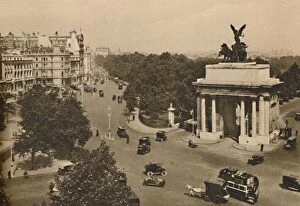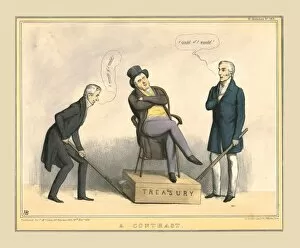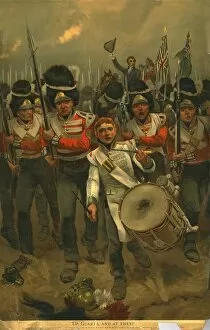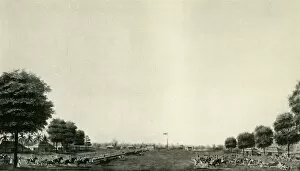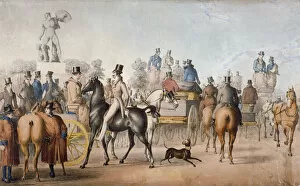Wellesley Collection (page 3)
"Wellesley: A Legacy of Leadership and Valor" Step into the world of Wellesley, a name that echoes with tales of bravery and strategic brilliance
All Professionally Made to Order for Quick Shipping
"Wellesley: A Legacy of Leadership and Valor" Step into the world of Wellesley, a name that echoes with tales of bravery and strategic brilliance. From the historic Battle of Waterloo to the illustrious Duke Wellington, this captivating caption unveils the remarkable story behind this legendary figure. Transport yourself back to 1815, as you explore the Map of the Battle of Waterloo. Witness how Arthur Wellesley, 1st Duke of Wellington, summoned his troops in Brussels for an epic clash that would shape history forever. The Foot guards at Battle of Waterloo stood tall and resolute under his command. Duke Wellington's indomitable spirit shines through in Thomas Lawrence's portrait from 1944. His piercing gaze reflects both determination and wisdom, reminding us why he was hailed as one of Britain's greatest military leaders. But Wellesley is not just about war; it encompasses a rich tapestry woven with diverse facets. Discover "The Grenadier in Wilton Mews, " where coachmen once gathered to share stories over drinks – a testament to camaraderie beyond battlefields. In Vereker Monteith Hamilton's masterpiece "The Forlorn Hope At Badajos, " we witness another side of Wellesley's legacy – compassion for his soldiers who faced perilous odds on foreign soil. This painting captures their unwavering courage amidst chaos. Lawrence immortalizes Duke Wellington yet again in an exquisite portrayal that exudes honor and dignity. His presence commands respect even centuries later. Beyond warfare lies a different facet - Northumberland’s Training Ship Wellesley stands proud as a symbol of education and discipline instilled by its namesake. It represents how leadership extends far beyond military conquests. As we delve into these fragments from history, we uncover layers upon layers within the name 'Wellesley. ' It evokes memories etched deep within our collective consciousness - tales brimming with valor, sacrifice, and resilience.














